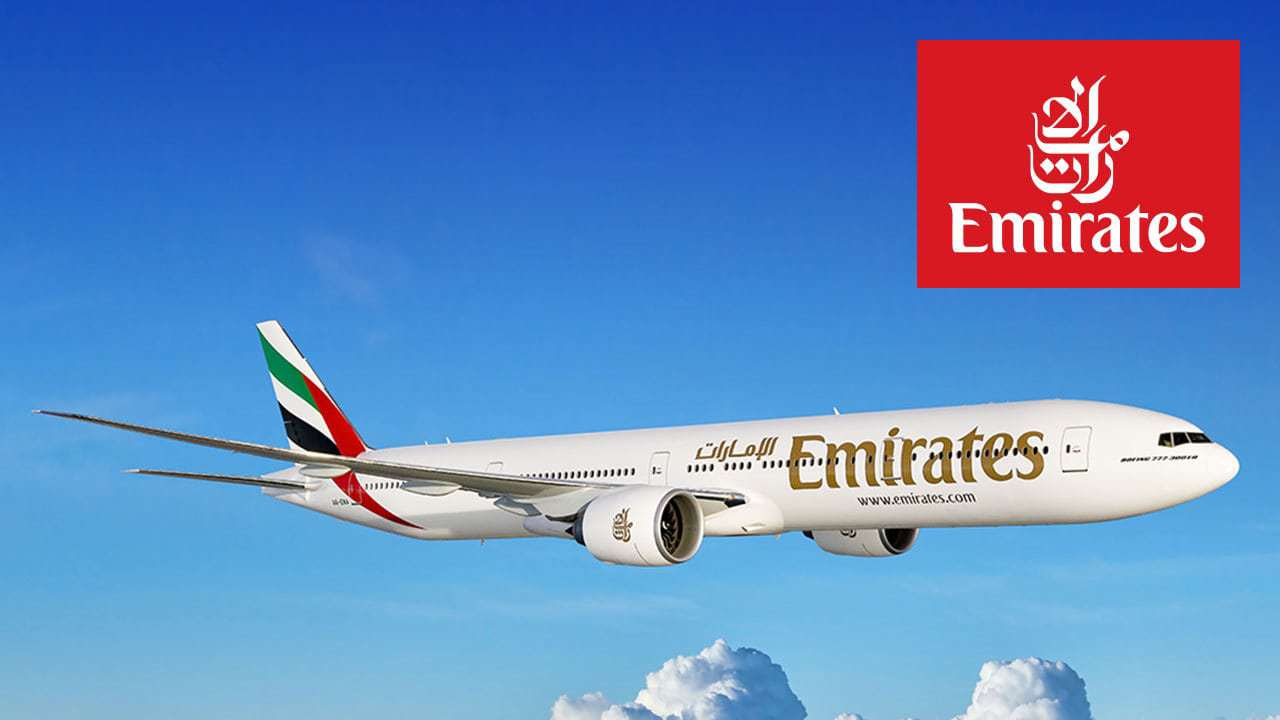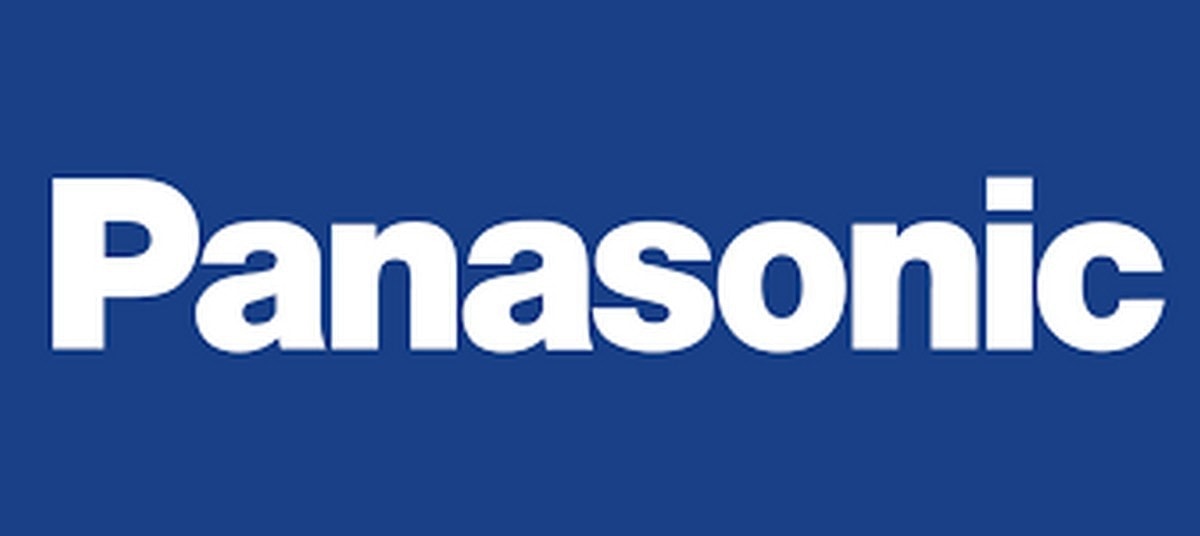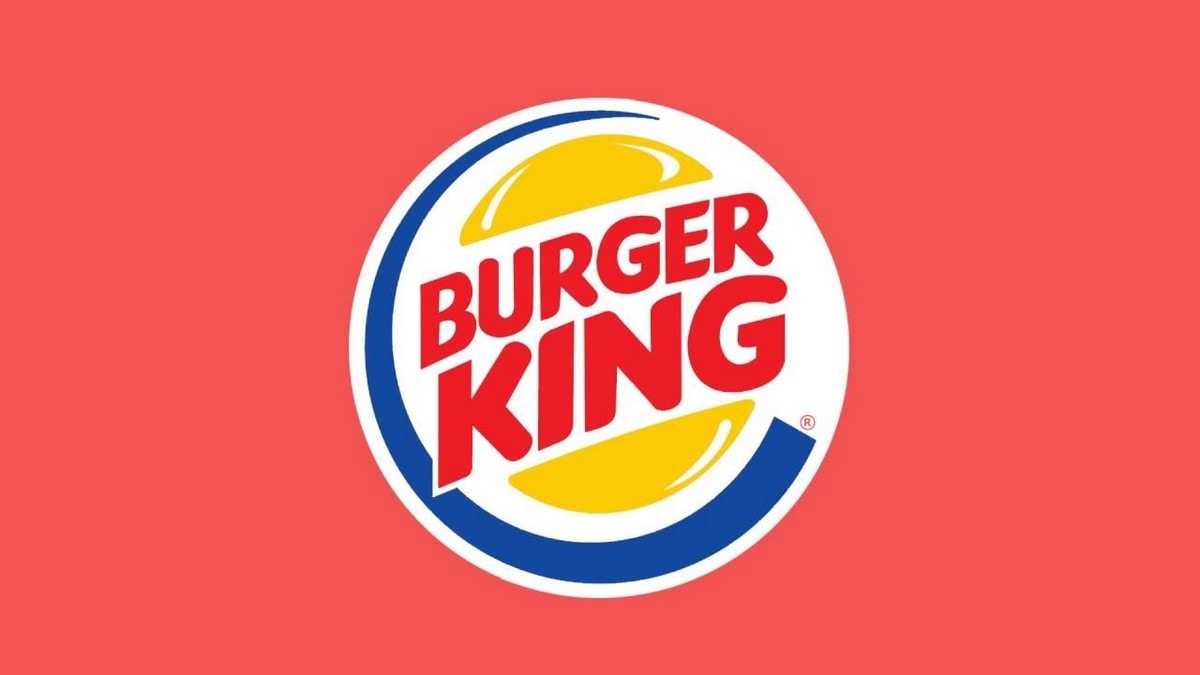
Marketing Strategy of Emirates - Emirates Marketing Strategy
Marketing Strategy of Emirates – Emirates Marketing Strategy
The Dubai-based international aviation company Emirates Group is wholly owned by Government of Dubai and has many subsidiaries such as Emirates airlines, Dnata, Emirates Skycargo, Changi International Airport services, Emirates Flight Catering and many others in the diversified line of business.
Table of Contents
Segmentation, targeting, positioning in the Marketing strategy of Emirates –
Emirates group has positioned itself based on geographic & psychographic segmentation strategies to make its offerings more promising to the target audience.
Differentiated targeting strategy is used by Emirates to select the potential customers to whom they want to sell their products.
Emirates have positioned as most favoured when it comes to airline services and therefore uses value-based positioning strategies.
Marketing mix – Here is the Marketing mix of Emirates.
Mission- “Not Available”
Vision- “Not Available”
Tagline-“Hello Tomorrow”.
Competitive advantage in the Marketing strategy of Emirates –
Wholly owned by Government of Dubai: The Emirates group of company is wholly owned by the Dubai government but run commercially and therefore is competitive in whichever segment/ industry they deal in
Group companies supporting each other: Group companies being in the related industries (Meta-market) is helping Emirates in supporting each other financially and through the shared resources.
Workforce: Emirates have 61000+ employees on its rollout of which 48000+ are in Emirates airline. Emirates airline has 15000+ cabin crew of 140 nationalities speaking 50+ different languages. The quality of employees plays an important role in a service industry and Emirates have one of the finest and elegant workforces in the airline industry.
BCG Matrix in the Marketing strategy of Emirates –
BCG matrix helps in understanding the competitive position of the company and its brand in the market/ industry they are in.
Emirates airlines, Dnata, Emirates Skycargo, Changi International Airport services and Emirates Flight catering are stars in the BCG matrix while all other businesses of the Emirates are a question mark in the BCG matrix.
Distribution strategy in the Marketing strategy of Emirates –
Since most of the operations are handled by Meta-market companies of the Emirates which is helping its Airlines business to prosper and fly to more than 150 destinations around the world.
Brand equity in the Marketing strategy of Emirates –
The world’s most glorious airlines Emirates has been successful in wooing its competitors through its slick advertising campaign “Hello Tomorrow” launched in 2012 aimed at targeting consumers and make the brand more inclined to cosmopolitan culture and tech-savvy modern generations aspirations. Many promotional drives have been initiated by Emirates airlines such as frequent flyer program and many others to attract the customers.
Competitive analysis in the Marketing strategy of Emirates –
With more than 20 years of experience in the industry, Emirates have come a long way to establishing itself in the industry. It competes with companies like Singapore Airlines, Air Asia, Etihad Airways, Qatar Airlines and much more. Rising fuel prices, government regulations and competition from other players in the Middle East where Emirates have the stronghold.
Market analysis in the Marketing strategy of Emirates –
The airline market is competitive and various market forces such as consumer & investor confidence, fluctuating oil prices, socio-political instability, pressure on margins due to competition are by and large affecting the companies operating in this industry.
Customer analysis in the Marketing strategy of Emirates –
Customers of Emirates are the people of upper middle & upper-income social groups who love to travel to different countries either for vacations or businesses. Customers are majorly in the age group of 25-55 years










